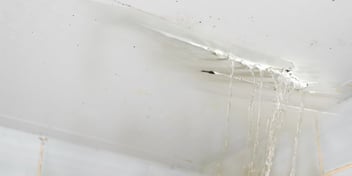- Home »
- Learningcenter »
- Choose underlayment metal roof
How to Choose Underlayment for Your Metal Roof Install
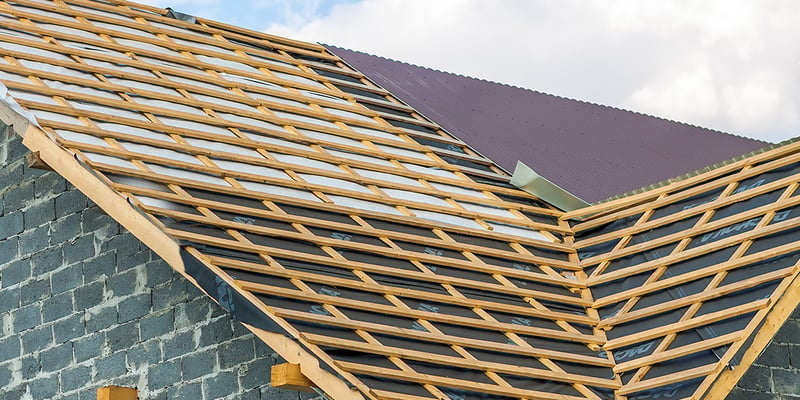
Picking out the perfect underlayment for a metal roof - in a house or work setting - is a solid move to prevent leaks. Is the underlayment getting enough attention, though? It's kind of important; it acts like a useful guard, fighting off weather damage and the wet things nobody wants.
This has many uses beyond a surface-level chat about roofing layers; it's more like a deep talk about why underlayment is important. Who's up for a clear, thorough guide on all things underlayment? This might just save your decision-making day when you're figuring out which underlayment fits your metal roof project best.
Ready to dish out some wisdom on roofing specifics? Good, because a deep talk about underlayment is on its way. Here's one fact I'm sharing upfront: getting a handle on this added layer of protection is pretty important for your property's long-term health. Curious? Let's dig into the details!
The Different Types of Underlayment
Look at the asphalt-saturated paper; it's a cheap and reasonably effective choice for leak-resistant felt underlayment. But here's a heads-up - it might not last as long as your metal roof, especially if it starts attracting water damage. Oh, and it's the typical favorite for roofs without a steep slope.
How about the self-adhering membrane? This higher-end product, made from rubbery asphalt, sticks straight to your roof deck. It cries out, I'm going to keep your roof leak-free from ice dams and wind-driven rain! But hold on - its ability to deal with heat has been called into question. Am I saying don't use it? It's not at all; it's just something to think about. It could be the prime pick for colder weather or if your roof has a complicated design. But if you're basking in a sunnier clime - maybe think about other options.
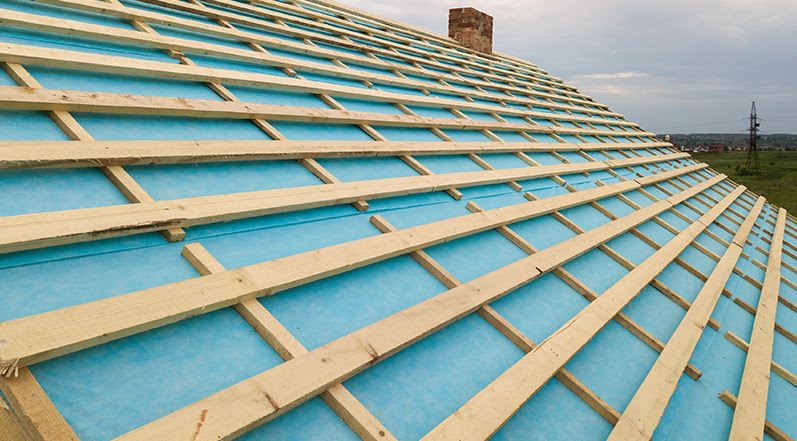
Third on the menu are the polymer-based synthetic sheet underlayments. They're favored by many for their prowess against mold, the strength of their seams, and their overall staying power. Sure, they demand a bigger chunk of your budget than the felt underlayment, but they make up for it in length of service. Just watch out - you'll need to get an expert to fit them. And if they stay out in the UV light too long, it can cut their usable life short. So, you have to keep an eye on your building schedule to avoid any sticky situations.
There's no one-size-fits-all answer here. Each type of underlayment brings its own strengths to the mix, and you have to weigh it against your requirements. What's your location like? What's the layout of your roof? How much can you spend? When does the project need to be done? Take a hard look at these factors; they'll steer you towards the underlayment that will make your metal roof the best it can be and help it last a lifetime. Keep in mind - this is my opinion based on my expertise and experience. But finally, the choice is yours!
How Does Climate Change Underlayment Choice?
What type of underlayment should you choose for your metal roof? The answer hinges on the local climate; it sets the pace for picking the best underlayment to guarantee impressive safety and lifespan for your roof.
Do you live somewhere with hot temperatures most of the time? My advice is to think about reflective underlayment. It's designed to beat off the heat, not soak it up. You could also look at synthetic options; this thing is meant to handle the heat with ease. It's all thanks to their built-in polymer bits, which put up a mean fight against temperature spikes.
But what about cold areas, where snow and ice are added to your regular weather forecast? No worries, there's underlayment for that, too! You'll want something designed to stand its ground against ice dams. Have you heard about ice and water shields? Excellent at preventing leaks, they seal tight around any nails that could otherwise create sneaky pathways for water.
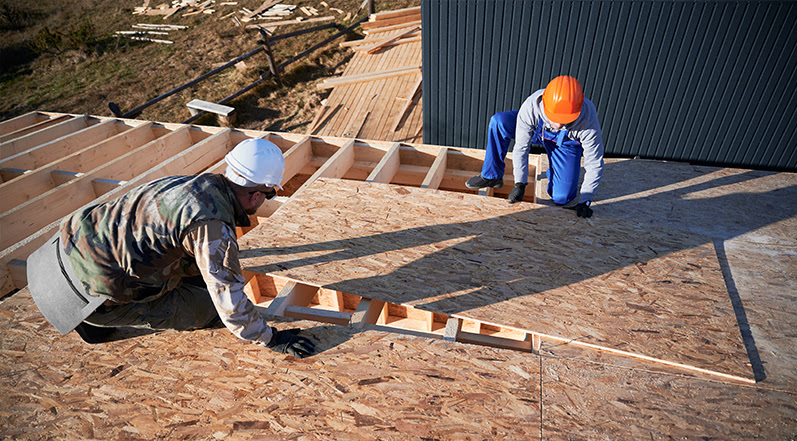
Are you in a coastal area with winds that could blow a kite to the moon and heavy rainfall to boot? Then rubberized asphalt underlayment is your friend; water and wind are no match for its blocking powers.
Remember, your underlayment choice should always make sense for your local weather patterns. It's super important to get this right! Your underlayment is the unsung hero shielding your roof from whatever the weather decides to toss at it - searing sun, pounding rain, gusty winds, you name it. Really, who wouldn't want to make sure their metal roof installation lasts as long as possible? So, should you go the extra mile when choosing an underlayment? In my opinion, heck yes!
How to Match Roof and Underlayment Lifespans
When it comes to the right underlayment for your metal roof, you have to think about what parts go well together, but let's not forget about cost-effectiveness and lifespan. Picture this: you pick a top-quality metal roof, figuring it's good for a solid forty years. Then, you slap a twenty-year underlayment underneath it; you have a mismatch that could morph into structural nightmares or an early goodbye to your roof. Also, you're facing the cost of changing the underlayment earlier than you'd like. Can you see your roof strength wobbling?
Remember, stashing your cash into superb underlayment that'll go the distance with your roof is a pretty neat idea. It saves you time, saves you sweat, and keeps future costs from creeping back.
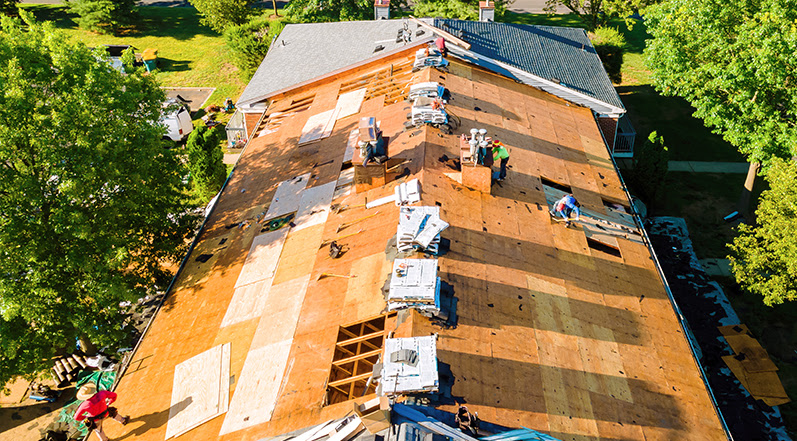
Think of this scenario: you choose to go for a cheaper underlayment. Sure, it'll need changing more often, but your metal roof - that's going nowhere. Not a great move, in my opinion. You're looking at the added risk of harming the metal panels every time you change the underlayment and topping it with further repair or replacement bills.
Listen up - you can't just match the lifespan on the label of the underlayment with that of the metal roof and call it a day. What about the wild weather changes, the slope of your roof, and how often extreme weather waves happen? All of these can change the true strength of your roof and underlayment.
So, what's the end game here? You want your roof and underlayment to be best buddies. Here's a tip: do your homework, take advice from the pros, and dig into product warranties. It's in building a stronger roof, getting the most for your money, and avoiding potholes down the road. Believe me, it's worth it.
How Much Does Metal Roof Underlayment Cost?
Getting a handle on the cost structure is a really important part of organizing your metal roof installation.
At the heart of this lies the cost of parts. Options range from budget-friendly basics like Galvalume or galvanized steel, which is $1.50 - $3.50 per square foot, or painted steel, which is $2.00 - $4.00 per square foot. If your budget allows it, I'd think about luxury alternatives like copper and zinc, coming in at a cool $13.00 - $25.00 per square foot.
What type of underlayment you use can affect your budget - in a big way. Often, people go for plain old felt paper, but synthetic membranes - while costlier - can last longer. Keep in mind that things like drip edges, valleys, and flashing can add around 20-30% to the overall roof cost.
Next up, labor costs. They eat up a steep chunk of your budget, depending on the size and difficulty of your project - not to mention the skill level of your installer. The bigger and harder the roof, the more you'll pay in labor.

Did you know that the shape of your roof can change the cost? Whether it's angled, gabled, elaborately constructed, or just flat, your cost will vary. Spoiler alert: flat roofs often come out as the budget-friendly choice.
And remember roof accessibility - did that one sneak up on you? Obstacles like landscaping, fences, or uneven ground can make installation harder - and more expensive. So, making sure easy access to your roof is one way to keep costs in check.
Have an old roof? Its removal could push up the total cost by a fair bit. The process of removing and disposing of the old brickwork needs a lot of hard work and, depending on the roof's condition, might incur some substantial fees.
So, figuring out the cost of a metal roof installation isn't as simple as adding up and multiplying. A reliable estimate takes into account both the extent of the work and your material choices.
Installation and Performance
Getting the right underlayment for your metal roof and making sure it's properly installed is important to efficient roofing. A smart pick can keep you out of trouble, but on the flip side, which makes a bad choice or botches the installation, no matter the underlayment kind, can stir up a hornet's nest.
I want you to think about the process of putting it in - specifically, how tough it is and how much work it takes. Some underlayments, it turns out, are less of a headache to install because they need fewer tools and less know-how. This simple installation helps you hold on to your cash and finish your project faster.
But, let's be honest; is an easy installation the only thing that matters? Heck no! It's just as really important to focus on how well it works - more specifically, how the underlayment holds up in your specific weather conditions. Your local weather can help you choose what underlayment to pick. A waterproof or water-resistant one is your best bet in places where it often pours or snows, while a tough, wind-resistant type is great if you have a lot of wind to deal with.
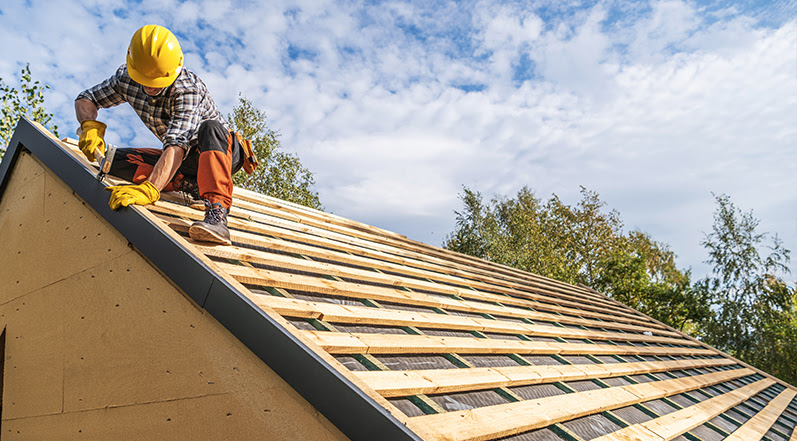
Why should you care about these things? Because the consequences could be pretty serious. Indulging in slapdash work during installation might bust your roof's integrity, even when using impressive underlayment. Any slip-ups or blunders can lead to leaky roofs, roof damage, and a shorter lifespan for your roof. So, I can't tell you enough: hiring a pro who knows what they're doing for the underlayment installation or following the manufacturer's instructions to the T if you choose to go it alone is really good advice.
Something else that's really important - but you might not see it right away - is how your pick of underlayment affects your roof's energy efficiency. The right underlayment can help heat and cool your home, which can end up saving you some money on your energy bills.
So, both the ease of installation and how well the underlayment performs should be front and center when making your choice. Remember to weigh these factors, and keep the unique weather in your area in mind, too. Be aware that even the best underlayment might not do its job if it's put in haphazardly.
What About Building Codes?
When it comes to choosing the right underlayment for your metal roof, understanding your local building codes is important! This is about picking the right material; it's about safety, efficiency, and durability - which are all dictated by guidelines set down by your local authorities. Equipped with special rules for underlayment, these regulations factor in everything from fire resistance to temperature tolerance. Does your region face regular wildfires or extreme heat waves? If so, you'll find predetermined norms at play here.
Before you take the next step in placing your metal roof, it pays off to really know these conditions. Why? It gives you the power to make enlightened decisions about your underlayment.

Let's talk about fire-resistant underlayment - it's a must in areas where safety measures against fire are a priority. These things really cut down the risk of fire spreading, improving your building's overall readiness for any potential threats. Also, it works hand in hand with your area's building codes, mirroring the climate and hazard-specific struggles in the policies.
What about underlayment made to handle high heat? It's a popular choice in spots getting serious sun exposure or grappling with excessive heat; it's engineered to hold up against temperature swings, lowering any roof damage caused by scorching temps.
Still unsure? Reach out to experts or tap into local authority resources - their knowledge of location-specific challenges is unbeatable. Keep these rules in mind, and you'll be paving the way for a smooth installation process, shoring up your long-term investment.
So, what's my final word on this? Local building rules greatly steer the kind of underlayment you'll choose for your metal roof. Following these standards guarantees that your roof can stand up to the local weather while sticking to safety rules. I believe that keeping these in mind is important to a smart and effective roofing project!
Protect The Roof Over Your Head
Picking the right underlayment for a metal roof is at the heart of the matter. This choice affects your roof's life, function, and resilience in an important way. A smart pick can stop your roof from failing before its time, causing expensive repairs or, even worse, the risk of roof instability. I recommend that you sidestep these issues by really understanding your specific project needs, take a good look at the advice in this guide, and choose an underlayment in line with where you are, your budget, your roof style, and your local building rules. Remember these: its ability to resist weather, how long it can last compared to your roof, and if it can deal with local weather. Considering these factors carefully will boost your roof's strength and endurance.
You may find all this information a bit too much; you might feel unsure. But remember: you're not facing this alone!
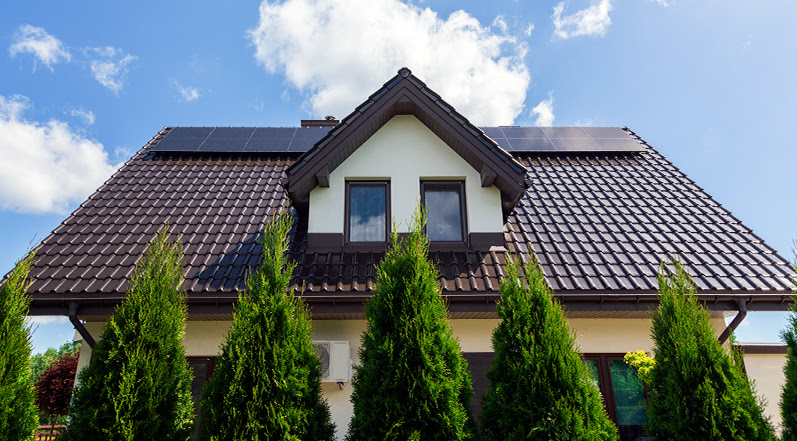
At Colony Roofers, we are roofing experts, and we're ready to help. Residential or commercial, no matter what your project is, we have the experience and can adjust to different weather conditions. We work mostly in Georgia, Florida, and Texas. The main reason you should choose us? We are skilled partners who can guide you through complex specs to consistently achieve the best roofing solution.
What's standing between you and an impressive roof? Just request a free inspection! Let us examine your roof's unique features, assist you with the tough decisions on underlayment, and deliver the pro service your roof requires. Entrust your roofing needs to us at Colony Roofers, a team as dedicated to high-quality roof infrastructure as you are. So, why not reach out today? Rest easy with our expert care and top-tier service.
 Call (678) 365-3138
Call (678) 365-3138

